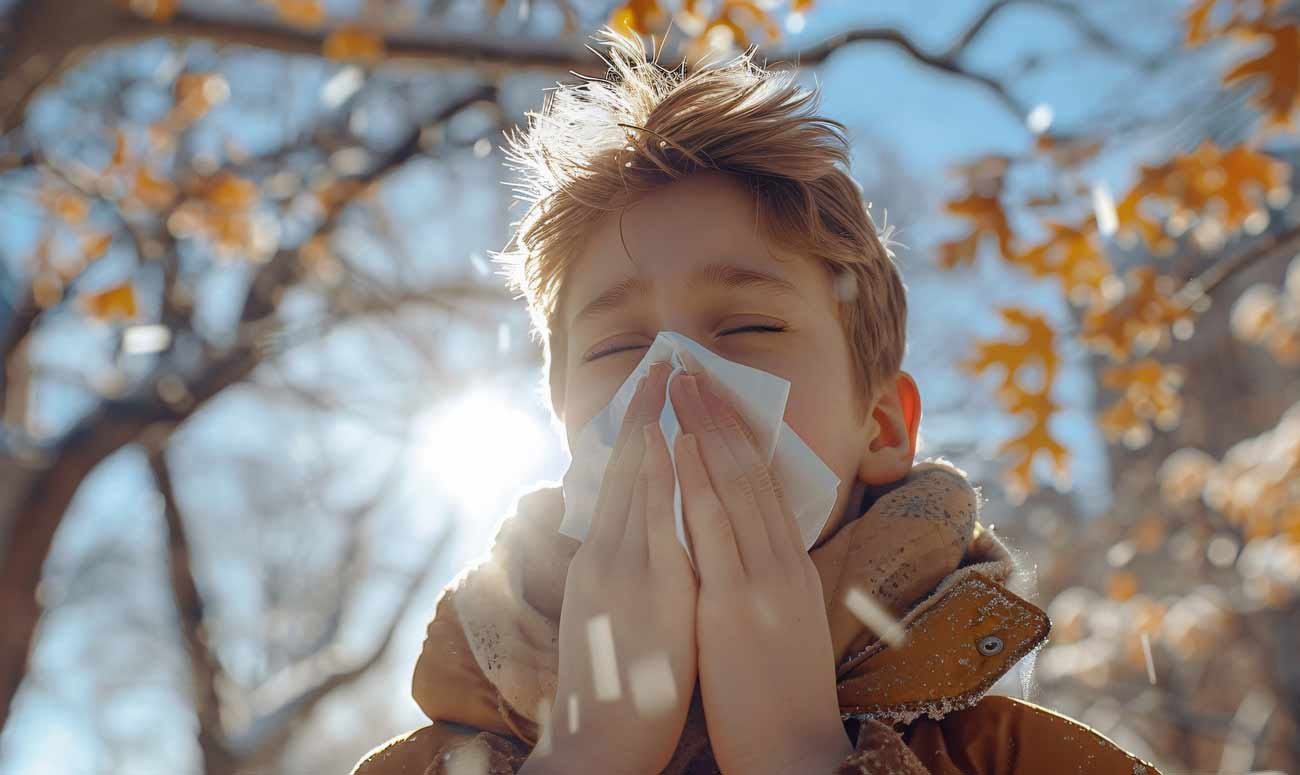Fall Allergies in Austin: October 2024 Weather Update and Tips for Staying Safe from Triggers
As we enter October in Austin, the weather begins to cool, with average daytime temperatures ranging from the mid-60s to the low 80s. However, while the fall brings relief from the summer heat, it also signals the arrival of increased allergens in the air. This month, cedar fever and ragweed pollen levels are expected to rise, along with mold spores due to fall rains.
For those with seasonal allergies, especially residents of North and South Austin, these allergens can cause symptoms like sneezing, congestion, itchy eyes, and wheezing. If you have asthma, the combination of allergens and cooler temperatures may aggravate respiratory issues. Following are some key allergy triggers to watch out for in October and tips on how to protect yourself.
October Allergy Triggers:
- Ragweed Pollen: Ragweed is the dominant allergen in Austin during the fall. Ragweed thrives in the cooler, dry air, and its pollen can travel hundreds of miles.
- Cedar Fever: Though more intense in the winter, early signs of cedar pollen start in the fall. People in Austin commonly experience runny noses, watery eyes, and sinus pressure due to cedar.
- Mold Spores: October’s occasional rain and humidity can cause mold levels to rise, both outdoors and indoors, contributing to respiratory issues and allergic reactions.
Tips to Stay Safe from Allergies in October:
- Limit Outdoor Exposure: Pollen counts are highest in the morning and on windy days. If possible, try to stay indoors during these times or wear an N95 mask when venturing outside.
- Keep Indoor Air Clean: Use a high-efficiency particulate air (HEPA) filter in your home to reduce indoor allergens like mold and dust. Regularly clean air ducts and ensure that humidity levels are under control to avoid mold growth.
- Shower and Change Clothes After Outdoor Activities: Pollen can stick to your skin, hair, and clothing. Rinse off and change clothes as soon as you come indoors to avoid bringing allergens into your home.
- Keep Windows Closed: To prevent outdoor allergens from entering your home, keep windows and doors closed, especially during peak pollen times.
- Consult a Specialist: If over-the-counter allergy medications aren’t providing relief, it may be time to visit a professional. Dr. Gaglani has been helping Austin residents manage allergy symptoms for over 25 years and can provide customized treatment plans for seasonal allergies, asthma, and related conditions.
Stay Updated:
For more detailed and real-time updates on the weather and allergy levels in Austin, you can check the following resources:
- Austin Weather Alerts: National Weather Service – Austin/San Antonio
- Allergy Forecast: KVUEabc
- Pollen and Allergy Forecast: The Weather Channel
About Allergy and Asthma Clinic
Allergies & Asthma Clinic in Austin and Round Rock, provides the latest, proven and most up-to-date diagnostic treatment options in allergy and asthma care. The Clinic offers allergy testing, allergy shots, allergy drops and has treated thousands of patients, both adults and children, with various conditions of allergies and asthma.
Patients may call (512) 804 0000 to request an appointment at the Austin clinic or by filling in the consultation form.
Note: The contents of this website are for informational purposes only and should not be used as a substitute for medical advice, diagnosis, or treatment. Allergy symptoms and treatments vary for each individual, and we strongly recommend consulting a healthcare professional for proper diagnosis and care.

